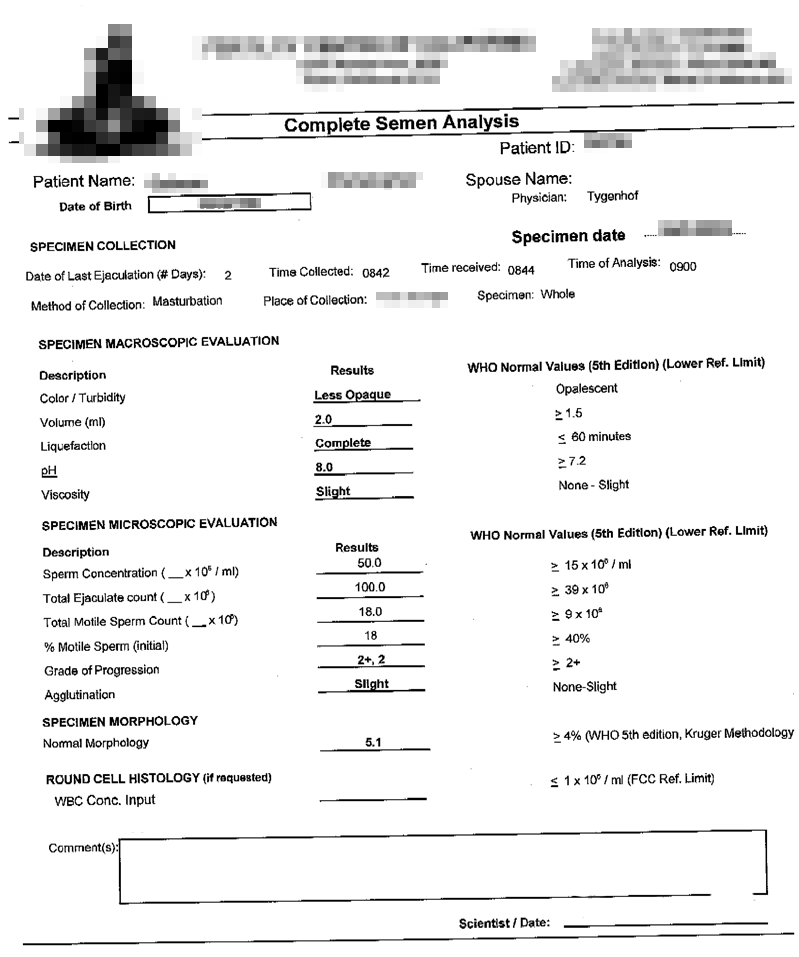The first thing I have to point out is that each urologist’s routine may be slightly different. Different does not mean wrong. Most of the information I will present here is based on how I, personally, perform a prostate biopsy.
The reason we do a prostate biopsy is to evaluate the prostate for prostate cancer cells. We also get to look at the shape, contour, and size of the prostate using the ultrasound machine. This can be helpful when looking down the road at treatment options.
Your doctor will provide antibiotics for you to take before the procedure. You will also perform and enema before coming to the office. You will be instructed to stop all blood thinning medications. Typically, there is no need to fast prior to the procedure.
Once in the room you will undress from the waist down and lie on the exam table on your side facing away from the doctor. Your bottom will hang off the side of the table and you’ll bring your knees up toward your chest. Basically, you’ll be in a fetal position. In my office the procedure can be done with nitrous oxide medication to make you more comfortable. This is laughing gas at a low dose that you control to make yourself comfortable. It doesn’t knock you out, just takes the edge off.
The doctor will then perform a rectal exam and then insert the ultrasound probe into your anus. This will make you feel like you need to poop, which is a normal sensation. This can be painful for men with hemorrhoids, but is otherwise painless.
The next step is to numb the prostate. This is done by injecting a numbing medication, such as Marcaine, around the nerves of the prostate. During this portion you’ll feel a poke and some burning and pressure from the injection. This is similar to what you would experience with a dentist working on your tooth. Once this part is done, the rest is typically pain-free.
Next the doctor will take some pictures and some measurements of the prostate, looking for any suspicious areas.
The biopsies are then done in specific areas of the prostate, as well as any areas that looked abnormal on the ultrasound. Each time a biopsy is taken you will hear a loud clicking noise of the biopsy device. You should not feel any pain, but may feel some pressure.
After the biopsies are done the ultrasound is removed and the procedure is all done.
You should expect to have some blood in the urine, stool, and semen for a couple of days, though it can last up to a couple of weeks. If you experience high fevers, chills, nausea, vomiting, or an inability to urinate you should call your doctor immediately.
Your doctor should get results within about a week.
There should be no lasting side effects from the procedure. It does not cause impotence or problems with erections. It does not spread cancer. It does not cause cancer. I hope this information has been useful to you and helped to prepare you for your prostate biopsy if you are having one.
You can make an appointment to see me here.

